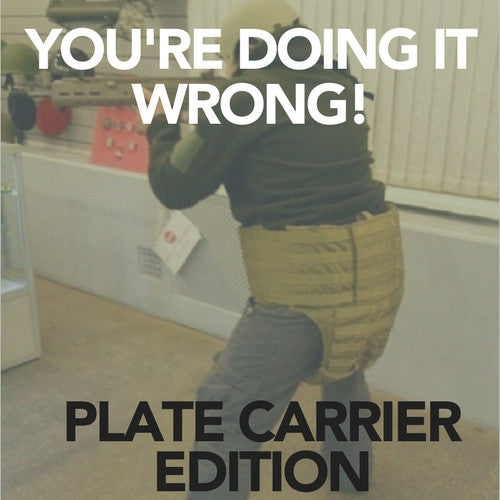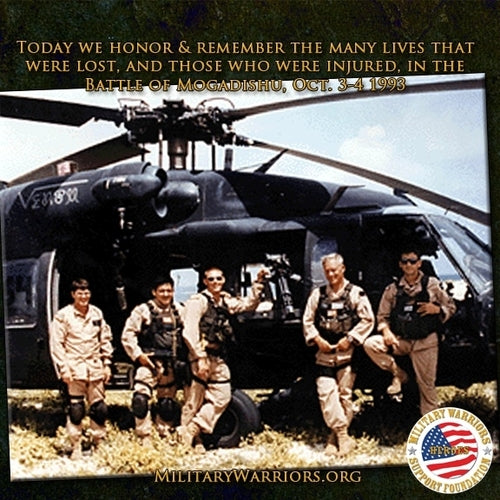
Guide to Plate Carriers
The plate carrier has become one of the most ubiquitous pieces of load bearing equipment over the past 15 or so years. It has become a preferred load-carriage option for military and law enforcement, and it is becoming increasingly popular in the civilian market. As a result, there are dozens of different designs and variations that make selecting the right carrier a daunting decision. Finding the right configuration and sizing is crucial, as an uncomfortable, ill-equipped carrier is anything but useful. Here at US Elite, we not only want to make sure you find the right gear but that it is setup correctly, ensuring the mission critical items are ready.
CONSIDER WHAT YOU ARE GOING TO CARRY
The first question to ask yourself is whether a plate carrier is even what you’re truly looking for. It’s important to know that plate carriers are a marriage between load-carriage and armor system. Like the name says, plate carriers are intended to be worn with armor plates within the main compartments. Without them, the carrier won’t fit correctly and will sag when pouches are attached. If you don’t plan to use plates, there are inserts you can buy to provide some form of stability. If all you want is a way to carry some ammo, water, and other essential gear, consider a chest rig or belt system instead
Once you have decided if this is your best option, you can think about what stuff you can mount on your plate carrier. Remember, you don’t have to fill every available attachment space. Ask yourself what you need to carry, and where you can best access it. Armor plates are already heavy, and you’ll be adding more weight on top with every pouch you add. Avoid layering too many pouches on your front, as that can make it difficult to go prone and increase the chance of snagging on things. Ensure that you don’t have items mounted that would interfere with shouldering your weapon and make sure comms cables and hydration tubes get routed so they don’t pose a snag hazard or get in your way. Make sure that pouches mounted on your sides don’t interfere with access to your holster or anything on your beltline. Finally, try not to add bulky pouches above your magazines as this will interfere with their accessibility and ease of use.
SIZING PLATE CARRIER
Getting the sizing right ensures that a plate carrier rides comfortably and provides armor protection in the right places. The primary sizing method for carriers is generally the size of the specific armor plate. The specifics of armor ratings and such are a different subject altogether, but you’ll want to get the plate size that adequately covers your vital organs. This guide is a good starting point for deciding what armor fits your needs. You’ll also want to make sure that any carrier you consider can accommodate your armor; some carriers can accept multiple “cuts” of armor, while others must have a specific armor product.
Ensuring your carrier is fitted properly is key; otherwise, it won’t provide adequate armor coverage, and the carrier will be uncomfortable to wear for any significant amount of time. It’s difficult to adjust a carrier while you're wearing it, so getting a second person to help with the sizing can save you a ton of time and frustration. A general rule is that the front platebag should sit two finger widths below the collarbone; use the shoulder straps to adjust the rear platebag so it’s in line with front, and not sagging lower on your back. Next, if possible, remove your carrier’s cummerbund or side straps, and reattach it to the front first, ensuring that no webbing or other attachment system gets obstructed. Feed it back through the rear platebag. Loosen or tighten the cummerbund as needed, allowing enough give to allow for comfortable breathing and movement while keeping the carrier snug on your body. To test to see if you’ve adjusted everything correctly, lean at the waist forward, back, and side to side. Then, try to bend over and touch your toes. If the carrier doesn’t dig into your body, then you’ve properly fitted it.
CONSIDER THE MISSION
Given the number of designs out there, you’ll want to lay out what your use-case for a plate carrier is. A “slick” carrier like the Velocity Systems Law Enforcement Plate Carrier (LPC) or the High Speed Gear Slick Plate Carrier (SPC) is ideal for anyone working in low-profile conditions, or those who are looking for a simple and affordable option. These types of carriers often have less attachment real estate, so the aforementioned designs are intended to be used with chest rigs and modular clip-on panels. If you need side armor capability, or want more space to mount pouches and other items, then carriers like the Velocity Systems Assault Plate Carrier (APC) is a good option. Armor is heavy, so carriers that use laminate materials and laser cutting techniques like the Blue Force Gear PlateMinus and the First Spear Strandhogg will appeal to those wanting to shave as many ounces off their kit as possible. And if it’s maximum flexibility you’re after, the Velocity System SCARAB Light can mount zipper back panels, clip-on modular placards and chest rigs, and quarter side-flaps. This allows you to scale your level of protection up and down, and makes it quick to swap between different configurations based on role or weapon system.
Always take into account what role the carrier is for and what environment you’ll be working in. While an in-depth discussion of specific loadouts is another day’s topic, different mission sets will change what should get prioritized. A patrol cop building an active shooter response kit may want to put extra medical supplies up front to treat victims as opposed to an infantryman who may want more magazines and accessible comms. As a general guideline, keep the gear you will need as fast as possible or the most often up front. And always ask the question, “Do I really need this?”




4 comments
You got my attention when you said that you could be provided with armor protection in the right places when you ensure that the right size of plate carrier is going to be chosen. This reminded me of my husband who wanted to consider deer hunting and weekly gun range tips. I could imagine the importance of finding the right rifle plate in order to ensure his safety and at the same time his comfort while using guns. http://www.daytonarmor.com/product-page/stand-alone-rifle-plate-sapi-cut
Shammy Peterson
Hey Billy – It depends on the type of vest. Some of the models we carry have a fabric strip with Velcro, which allow the user to adjust how the plate is held. This means that even a smaller plate can be held in place, ensuring vital organs are covered. If you have a question about a specific plate carrier, reach out to our customer service and they’ll help you with that particular model.
Customer Service
I have a large carrier that says it will accept any plate up to 11×14. Bought some 8×10′s to keep the weight down, but theres no real way to fit them in there. Do they make a felt pouch to fit the trama pad and plate in for this type of application? Or do i need a whole new vest? I want to be able to switch plates so i would like to keep the setup I have.
Billy
I like this article. It’s brief and to the point. The fitting is spot on and very true. If you can’t touch your toes you are restricting your mobility somewhere. “DO I REALLY NEED THIS” .. I’m so guilty of this violation … and lately I’m tired of hauling all the equipment around “to be ready for all situations” … it’s impossible to cover every possibility …. so it’s becoming "what do I need for today and the next 2 days. This is how I pack now for flying (Airline Pilot) … thanks for posting .. I’ll copy and share it with students (Firearms Instructor and Survival Company Instructor/Owner).
Gregory L Knox
Leave a comment
This site is protected by hCaptcha and the hCaptcha Privacy Policy and Terms of Service apply.